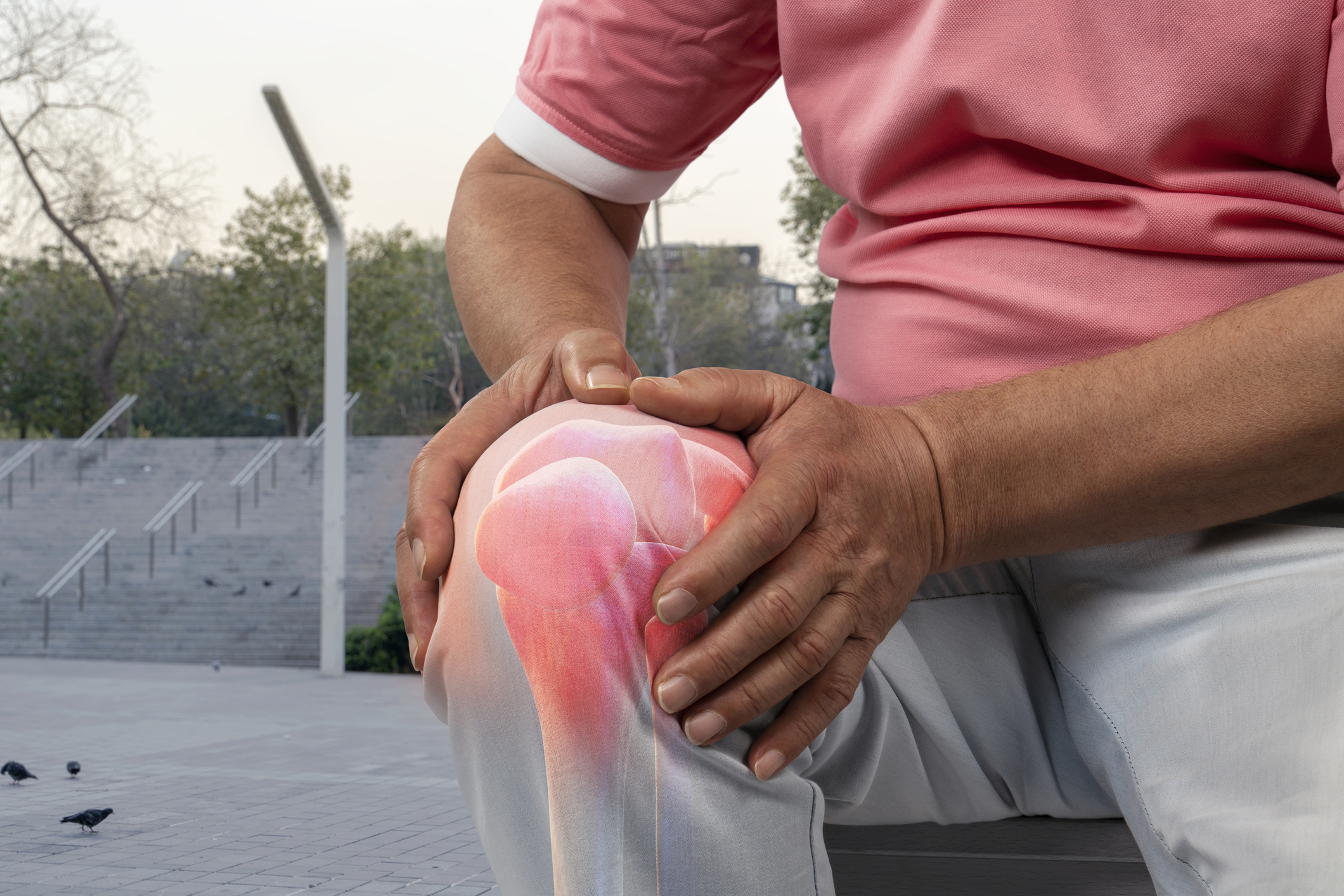
Nearly 18 million Americans visit their doctor or a hospital for knee pain each year. And with the active lifestyle, we enjoy here in North Dakota, from skating and skiing in the winter to jogging and biking in the summer, we’re a contributing factor to that statistic.
Let’s talk about some of the common treatments for knee pain:
Immediate Home Care
The knee is one of the most complex and relied-upon hinge joints of the human body and is susceptible to any number of aches, pains, and injuries. If you suffer a knee sprain, strain, or another soft-tissue injury, look to PRICE is the first course of self-care:
- Protect the knee from further injury by taking the weight off of it and using crutches or a walker.
- Rest the injured joint, trying to curtail any movement or activities that could worsen the injury.
- Ice the knee to reduce swelling. Icing is also highly effective for contusions (bruises).
- Compress the knee with a brace or athletic wrap designed to help support your weight and stabilize the joint.
- Elevate the injured leg at an angle above the heart if possible; this can be done by resting your leg on pillows.
Maintaining a Healthy Weight
Every step you take adds more pressure to your joints. Add extra weight, and you put your knees at risk for even greater pain or risk of injury. If you find your knees hurt after regular activities and you are tipping the scale more than you’d like, try to lose a few pounds to take a load off your knees.
Physical Therapy
Strengthening the structures in and around the knee will help stabilize it and make it less susceptible to injury. Physical therapy is a noninvasive way to rehabilitate and strengthen the body, restoring both function and mobility.
Your orthopedist may recommend physical therapy to prevent a knee injury from getting worse or to prevent injury altogether. Likewise, physical therapy can be prescribed after surgery as part of your post-operative treatment plan.
Occupational Therapy
Occupational therapy is used to provide rehabilitation to someone who is injured at their job or to prevent overuse injuries from occurring. This is done by improving balance, restoring function, and eliminating pain by ensuring workplace activities are performed correctly.
Treating Other Parts of the Body
Oftentimes knee pain can be the result of pain in other parts of the body. For example, foot pain or hip pain can throw off your stride, putting undue stress on your knees. If you do experience pain elsewhere, talk to your orthopedist about a comprehensive treatment plan.
Surgical Procedures
Should more conservative treatments fail to put an end to your knee pain, your orthopedist may recommend a surgical procedure. Unlike more invasive procedures of the past, procedures today – including arthroscopy – are minimally invasive, meaning they heal faster, require less downtime, and are at less risk of complications.
Treating Knee Pain in North Dakota
If you injure your knee or are living with pain, don’t waste time by letting it get worse. See an orthopedist immediately for proper diagnosis and treatment.
If you are in or around the Dakotas, call The Bone & Joint Center today at (800) 424-2663 or request an appointment online to overcome knee pain and other orthopedic issues. We look forward to seeing you at any of our locations across North Dakota.

